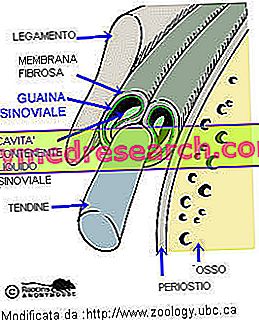Scroll down the page to read the summary table on the broom
| Broom | Emblem of malignant nature → resistance and adaptability in arid places: object of extraordinary poetic works (eg Leopardi) Ginestre: group of bushy plants with fragrant yellow flowers |
| Broom, symbolism and tradition | Romans and Greeks → gorse: plants liked to attract bees (honey) Bible → the branches of the broom beaten by the wind disturbed Jesus Symbology → broom: humility and modesty Synonym → whip of Christ (pointed branches of the plant) |
| Ginestra: genera and species | Family : Leguminous Papilionaceae Very different kinds:
|
| Ginestra: elements common to all genres and species |
|
| Broom: Spartium junceum | Reference model for brooms Description: typical shrub of the southern regions of Italy Leaves: absent (afilia) Branches: flexible, naked, particularly branched and generally without leaves Yellow inflorescences, emanating an intense fragrance Stem: erect and scopiform, very rich in chlorophyll → the leaves delegate to the stem the chlorophyll function Seeds: poisonous due to the presence of cytisine (alkaloid) Essences that characterize the phytocomplex: Quinolizidine alkaloids, especially cytisine, flavonoids, saponins |
| Broom of the charcoal burners: Cytisus scoparius | Description: plant typical of Northern Italy (hilly and mountainous areas) Special features: longitudinally fluted branches + leaves consisting of small groups of three leaflets in the lower part of the branches Leaves: they fall early Flowers: (at the axil of the leaves) golden yellow, very fragrant Essences that characterize the phytocomplex: quinolizidine alkaloids (sparteine and lupanine), biogenic amines (tyrosine, tyramine, dopamine) |
| Broom: essential oil | Essence → alkaloid molecules, flavonoids, saponins and biogenic amines Extraction process and essences: extraction with hexane + distillation Obtaining "concreta" (1st distillation) → "absolute" (further refining) |
| Uses of essential oil of broom | Perfumery : intensify the aroma of some mixtures Food field: enrich fruit jams |
| Matrix | 1 ton of broom flowers → 1-2 kg of concrete and 0.5-1.2 kg of absolute |
| Broom: phytotherapeutic uses | Common broom properties:
|
| Broom: side effects | The use of broom extract is:
|



